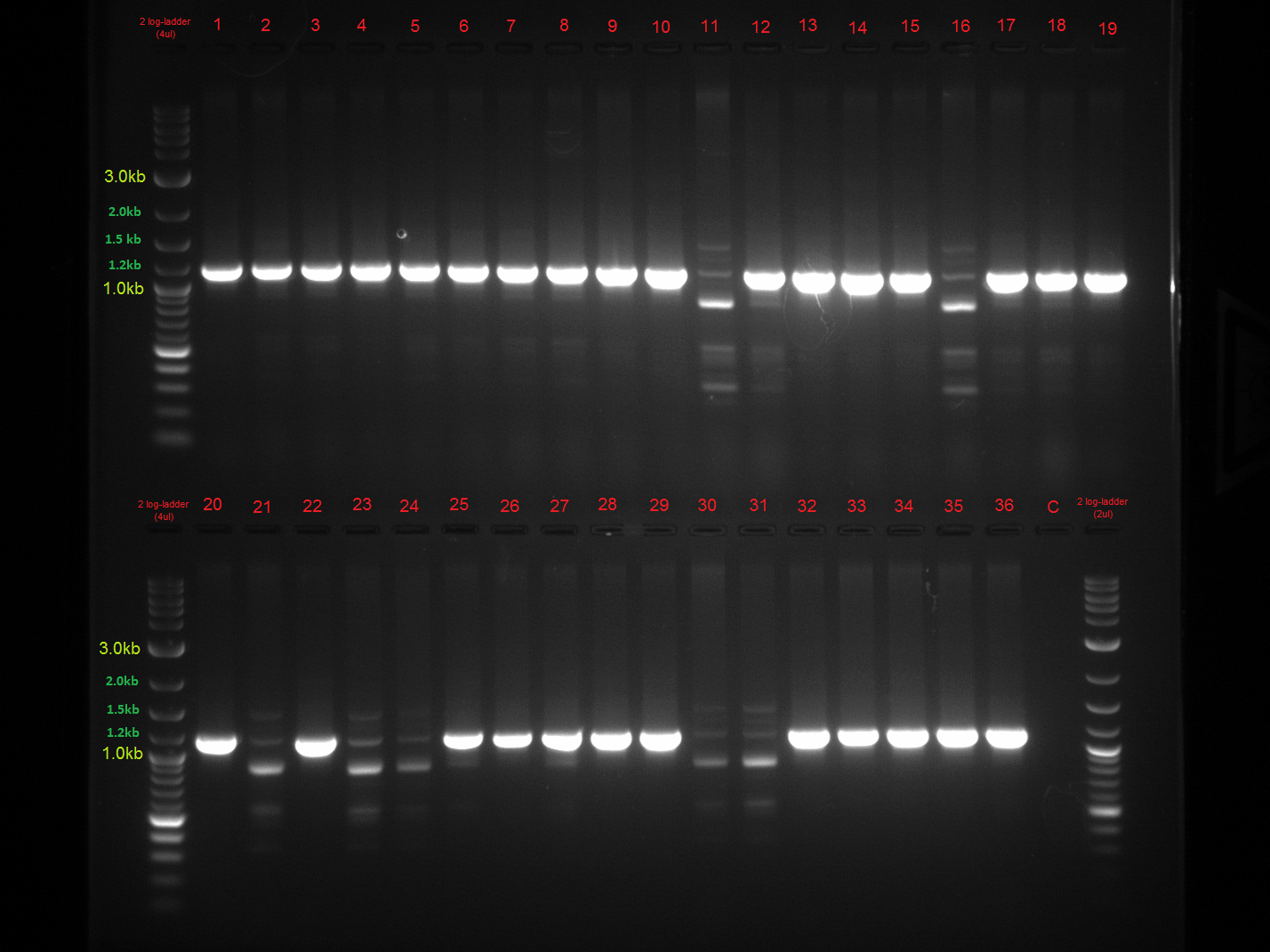-
Posts
14 -
Joined
-
Last visited
Content Type
Profiles
Forums
Events
Everything posted by Dean22April
-
I've come across the trend that almost all crops lost genetic diversity during domestication as a result of selection. But some species seem to have lost more than others. For example maize retains around 83% of its diversity but rice retains only around 10-20%, yet they likely both suffered similar selection pressures. Is there any reason why there would be such variation in genetic diversity loss? I know perennials have retained more diversity than annuals because they've experienced fewer bottlenecks, having only recently been domesticated. But why would maize and rice, both domesticated at similar times and with similar selection pressures, have such variation?
-
Hey, so I'm writing a piece on the convergent and parallel evolution of genes involved in domestication but I'm a little confused. A lot of the literature talks about certain genes that are involved in domestication appearing 'more often than by chance' in orthologous (the same) genetic loci of multiple crops (i.e. trait A is controlled by gene A in crop 1. The same trait A has evolved convergently by a gene in crop 2 that is on the same part of the chromosome of crop 2 as gene A was on crop 1). Essentially, phenotypic convergence is controlled through genotypic convergence. However, I feel like I'm missing the significance of this point. Surely, it shouldn't be surprising that there has been parallel evolution occurring on the same genetic loci when these two species are related (e.g. cereal crops Sorghum and Maize share similar genes involved in domestication trait of 'seed size increase' and as a result the genes involved in this process are on similar loci for both crops)? This would make sense - one gene controls one trait in one crop why is it SO SURPRISING the same gene controls the same trait in another crop?? Also another question: if this was true then why are other phenotypic traits in related species NOT controlled by the same genes (e.g. seed-shattering trait in cereal crops is controlled by different genes in different species of crop)?
-
Hey! I have just been reading some research papers and not sure if this is a defined trend yet, but I've noticed some crop types (e.g. vegetativley propagated) have a higher proportion of deleterious mutations compared to their wild progenitors than other crop types (sexually produced cereals) depending on method of propagation. I was wondering why this may be? Or is this just a fluke? Examples: Clonally reproduced: Grapes have 5.2% more deleterious mutations than its wild ancestor (Zhou et al., 2017 Proceedings of the National Academy of Sciences, 114(44), 11715-11720) Clonally reproduced: Cassava has 26% more deleterious alleles than its wild ancestor (Ramu et al., 2017 Nature genetics, 49(6), 959) Sexually reproduced: Rice has 3-4% more deleterious mutations than its wild ancestor (Liu et al., 2017 Mol Biol Evol 34:908–924) Any help would be hugely appreciated
-
If I have a wheat plant expressing a transgene but I'm unsure of the copy number of that transgene (e.g. using particle bombardment you often get the plasmid DNA inserted into the genome more than once), could I use segregation analysis to determine how many times the transgene has gone into the plant? I.e. if I had the foreign gene inserted just once would I get 15: 1 ratio in F2? How would this change if I had more than one foreign gene? Would this method even work? Any other method to determine how many times my transgene had gone into wheat? Thanks for any help
-
We were wondering why we didn’t have any edits in our wheat plants using CRISPR/Cas9 technology and what we could possibly do to ensure we would have edits in the future? So, our experiment consisted of: 40 plants that had been successfully transformed using biolisitcs with a Cas9 construct and sgRNA Of these we genotyped to find out which had Cas9 DNA, and of these which were expressing Cas9 mRNA, we used PCR to determine this We then worked out which of the 40 plants had the sgRNA The plants that had both sgRNA and Cas9 we took forward and sequenced using Next Generation Sequencing to determine if the CRISPR/Cas9 construct had performed any edits (insertions or deletions) We found no editing in any of the plants, but unsure why this would be the case and what we could do to ensure editing in the future? Ideas I’ve identified so far: The Cas9 mRNA wasn’t translated properly: we’d test this doing a western blot? The wheat genome is heavy in repeat regions and has three genomes (hexaploid) so the DNA was repaired more easily therefore any edits were simply repaired When checking for Cas9 fragment not the entire Cas9 gene had been inserted: in future we’d test for entire gene using long range PCR Any help or ideas would be hugely appreciated, a bit frustrating we didn't find any edits so now trying to work out why, and what we could do to ensure we'd get some in the future. Thank You!!
-
Hey, Vmedvil, thanks for your help, I'll look into that as it sounds really good. We'll probably do this next year as still waiting on NGS results to see if there have been edits at all using the current methods but I'm going to suggest to my supervisor we try this as a next step after all our analysis of the current results Do you know if this would work on plants? I've just quickly looked it up on google scholar and all the examples seem to be in mammalian cells? Thanks Would gemini-virus replicons work?
-
Hi! So I'm in a group testing whether there has been CRISPR/Cas9 editing in 36 wheat plants and we discovered the following (see picture attached): that some plants had high Cas9 expression and no guide RNA expression, and some plants had high guide RNA expression and no Cas9 expression (Cas9 +guide RNA 2 components of CRISPR needed for editing of genes). I am really perplexed why this may be (trend is noted especially in plants 3 and 4) especially as guide RNAs and the Cas9 gene were transformed in equal quantities, is there any idea? Or any idea how we could re-transform plants so this doesn't happen? Thank you so much for any help!
-
So I am in a group testing whether the plants we have of a certain wheat line are expressing the Cas9 transgene and if the gene of interest that we've tried to target has been edited by CRISPR/Cas9. So far I have: -Extracted DNA and run a PCR and gel electrophoresis to confirm some (around 75%) of the plants have at least the starting fragment of the Cas9 gene -Extracted RNA and run an RT-PCR and gel electrophoresis to confirm some of those have the mRNA for the Cas9 (so are expressing the DNA) - around half were -Extracted and run DNA for the guide RNA (which all showed to be expressing worryingly) -Quantified the amount and quality of our mRNA using a bioanalyser -Sequenced the guide RNA and some of the Cas9 DNA samples (which we'll get the data for tomorrow). So now we only have 3 weeks left in the lab and we need to decide what to do, whether we go back and re-do some processes or check for expression of proteins or editing of the gene. We are definitely planning to test whether the gene itself has been edited, but don't know what else would be useful. Any ideas what direction we should pursue? Thanks!!


